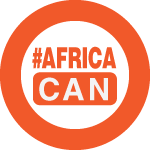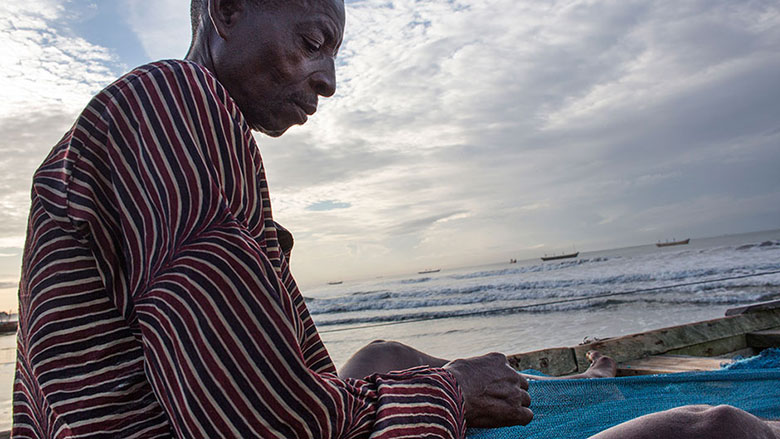Uganda’s economy has shown resilience despite recent global economic pressures. Growth accelerated to 6.1% in FY24, up from 5.3% the previous year, driven by broad-based expansion in the services (43.1% of the economy) and industrial (24.9% of the economy) sectors. Growth was supported by higher net exports, mainly of coffee and gold, increased oil sector investment, and reduced global supply chain disruptions. Additionally, government initiatives such as the Parish Development Model (PDM) provided further economic momentum.
Headline and core inflation declined to 3.2 and 3% respectively in FY24 from 8.8 and 7.4% in FY23, remaining below the Central Bank target of 5.0%. The decline was supported by falling food prices, monetary policy tightening, easing global economic conditions, and the relative stability of the exchange rate. However, poverty estimates from the latest household budget survey show that 42% of Ugandans were living below the poverty line ($2.15, 2017 PPP) in 2019/2020.
Growth is projected to increase modestly to 6.2% in FY25, driven by agriculture and services. Over the medium term, the start of oil production is expected to significantly boost growth, accelerating to 10.4% in FY27 before returning to around 6% as the oil production plateaus. The developments in the oil and gas sector that are expected to drive growth in the medium term, are anticipated to have positive spillover effects across other sectors of the economy, leading to improvements in public infrastructure, increased private sector activity, and strong net flows of Foreign Direct Investment.
Poverty is expected to decline slightly in FY25, with a faster reduction anticipated as economic growth accelerates over the medium term. The strategic investment of oil revenues in social services, infrastructure, and human capital could further lower poverty rates to 38% by 2027.
Development Challenges
In recent years, the speed of reforms slowed down, hindering Uganda's economic growth and poverty reduction efforts. The persistent deficit in human capital and the lack of a significant productive jobs agenda, given a growing working-age population, remain key challenges. The services sector, despite constituting a large share of the economy, remains relatively low job-intensive compared to the agricultural sector, which employs two-thirds of the workforce. The agricultural sector, however, remains marked by low productivity and limited modernization, and is prone to climate shocks. Yet climate adaptation efforts are still inadequate.
To promote economic growth and reduce poverty over the medium term, Uganda must focus on structural transformation, shifting labor into more productive employment and increasing productivity in the agricultural sector, where the poor are concentrated. Reforms should stimulate private sector investment by lowering the cost of doing business, expanding access to finance, and promoting the uptake of digital and innovative technologies. Furthermore, the government must rebalance fiscal consolidation efforts by shifting spending into social sectors, which have been underfunded relative to infrastructure. Investing more in human capital, alongside measures to reduce inequality and strengthen resilience, can reduce poverty. Finally, Uganda needs to maintain prudent macroeconomic management and adhere to the fiscal rules embedded in the country’s Charter for Fiscal Responsibility, enhance revenue mobilization, and strengthen the non-oil economy once oil revenues start to flow.
Human Capital
Despite significant strides in recent decades, Uganda’s human capital remains low. The country’s Human Capital Index (HCI), which assesses the future workforce’s productivity based on achievements in education and health, currently stands at 0.39, indicating substantial untapped human potential. This score is lower than most comparable countries and leads to significant economic losses. For example, primary school enrollment had increased from 2.6 million in 1995 to 8.7 million by 2017, but major challenges exist in terms of the quality of education, as measured by Learning Adjusted Years of Schooling (LAYS). While Ugandans can expect 6.8 years of schooling on average, they only gain 4.3 LAYS during that time, showing that learning outcomes are poor. However, major strides in life expectancy have taken place in the last decades; it increased from 46.3 years in 1990 to 68.5 years in 2024. There have also been marked reductions in maternal mortality, under-five mortality, and the prevalence of communicable diseases, but there is increasing burden of non-communicable diseases and public health emergencies.
Last Updated: Apr 15, 2025








